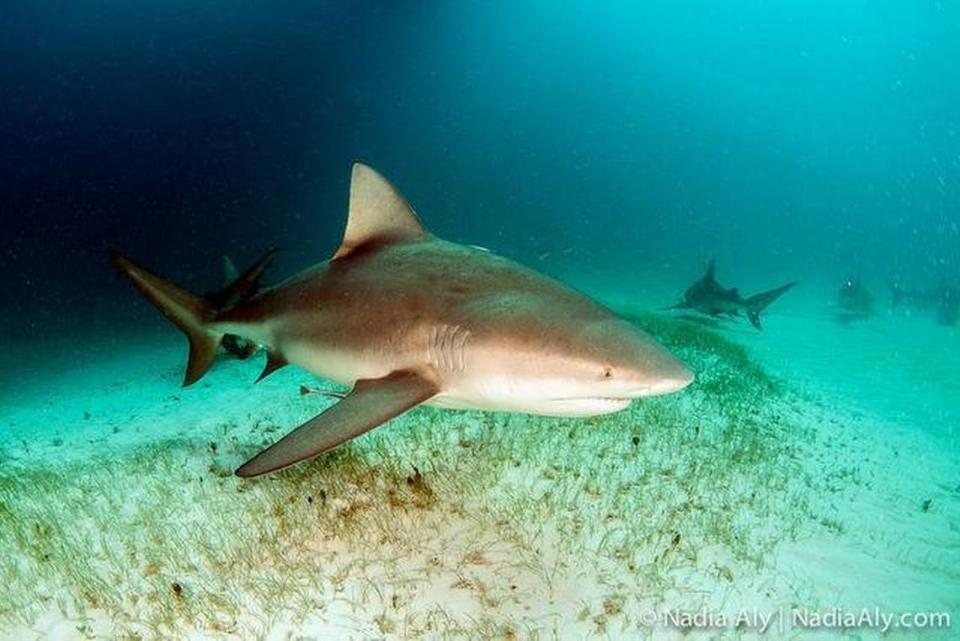What kind of shark bit a boy in the Florida Keys? Is it more aggressive than others?
The family of Jameson Reeder Jr., the 10-year-old boy who lost part of his leg following a shark attack on Looe Key Reef, said a bull shark was the culprit.
The stout species, which can grow between 10 and 11 feet long, is a particularly aggressive fish. The Florida Fish and Wildlife Conservation Commission says that some experts consider bulls more dangerous than larger great white and tiger sharks.

Not only are bull sharks responsible for many unprovoked bites on humans worldwide, Florida recreational anglers and charter boat captains say their population in the state has grown to the point where successfully reeling in fish without them being eaten first has become a challenge.
Organizers of a controversial shark fishing tournament in Palm Beach County last month argued that similar to deer in other parts of the country, shark populations need to be culled to maintain ecological balance, according to a report by Miami television station WPLG-Local 10.
Many scientists and conservationists, countered, however, that sharks of all species, including bulls, need continued protection because not only are they threatened, but without the essential predators the marine ecosystem collapses.
Bull sharks are also different than other species in that they have an unusual range of salinity tolerance. They are the only shark species that can spend long periods of time in fresh water.
It’s not uncommon for bull sharks to be found hundreds of miles up coastal river systems, according to the FWC. They have been seen in freshwater bodies like Lake Nicaragua and Lake Pontchartrain.
Females give birth to live pups — between one to 13 at a time — in river mouths, shallow estuaries and coastal lagoons. Adult bull sharks live both nearshore and offshore in state waters.
Bull sharks’ diets vary, and scientists note they are not picky eaters. Their prey can be anything from other sharks, rays, sea turtles and dolphins.

 Yahoo Movies
Yahoo Movies 
